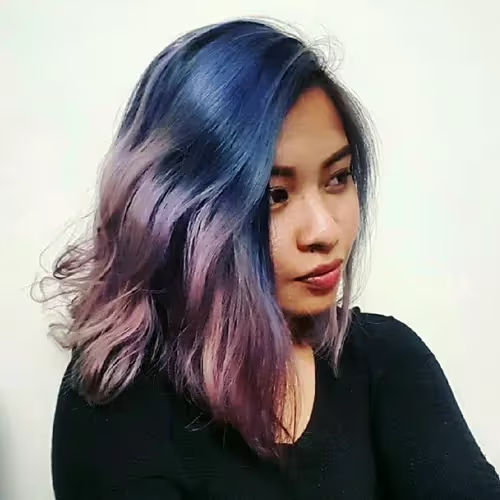Advanced OOUX Strategists define OOUX

OOUX is a methodology that provides a clear plan to tackle complexity in product design and development. It forces designers and their collaborators to catch roadblocks and important details early in the process, such as relationships and conditional logic - insuring well-thought out, scalable results.

OOUX is a philosophy that helps you quickly break down complex topics for people with different perspectives, so they walk away on the same page and with a shared vision.

OOUX is defining and building the digital world in a way that matches how all humans understand and navigate the physical world. Objects first, actions second.



.avif)







